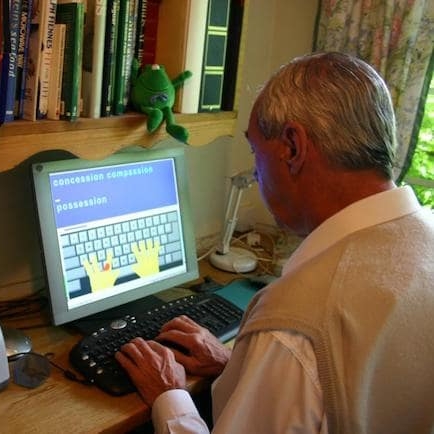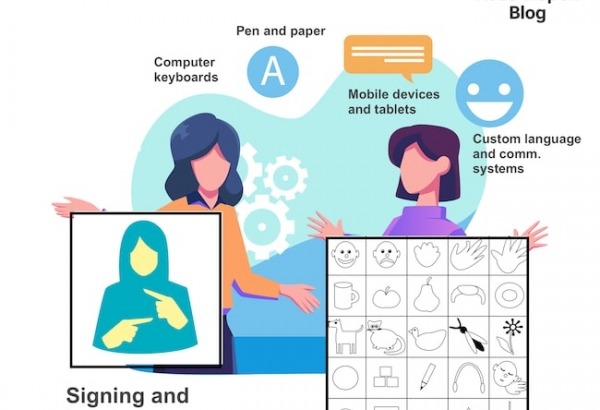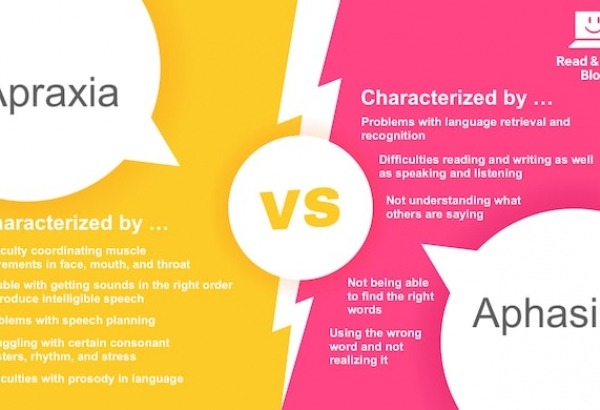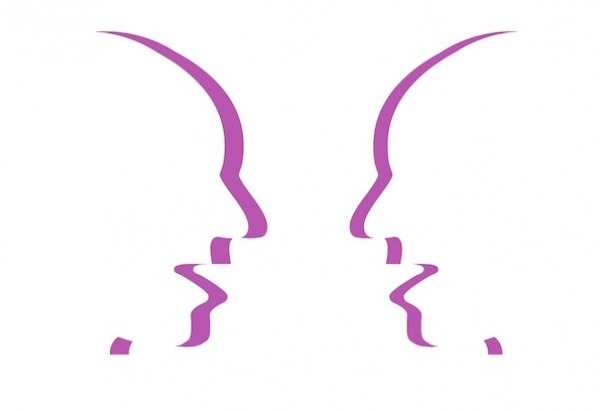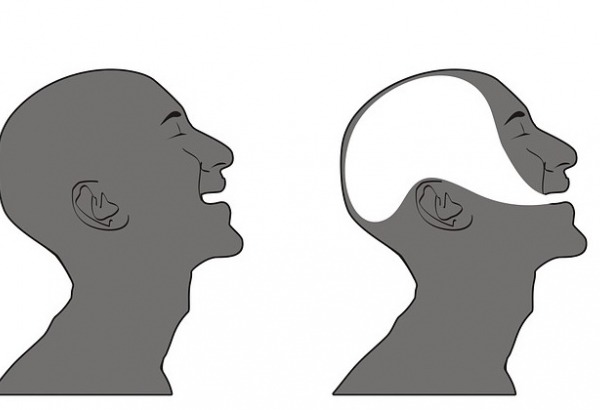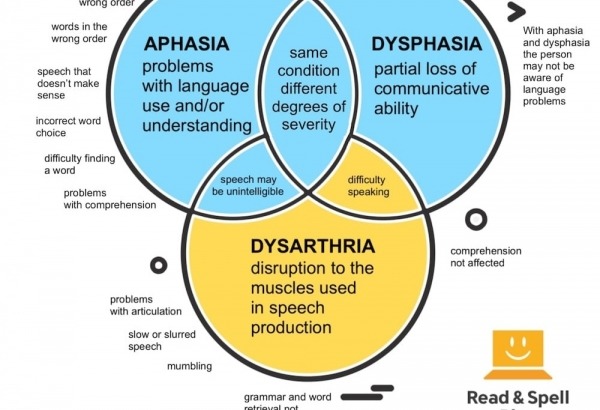Stroke therapy at home
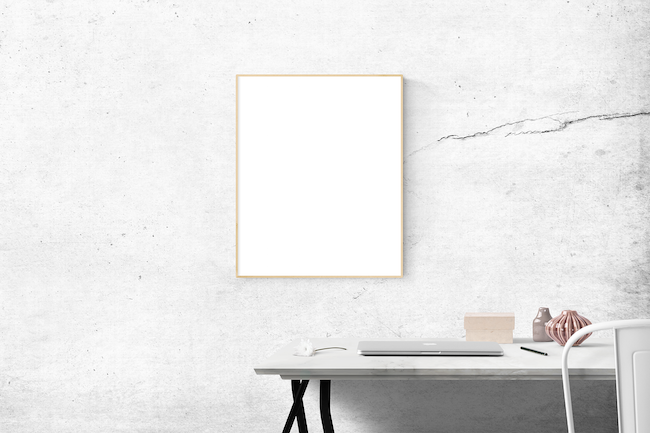
According to the Stroke Association in the United Kingdom and the American Stroke Association, there are over 8.2 million stroke survivors in the UK and the US. Many of these individuals undertake daily rehab activities in their own homes, either independently, or with the help of a friend, family carer or a trained specialist.
Stroke rehabilitation is many things including physical treatments that aim to improve gross and fine motor skills, language drills to restore communicative abilities, cognitive training to strengthen memory, occupational therapy to help with the performance of everyday tasks, and even emotional therapy to deal with any issues of depression or isolation that arise in the aftermath of a stroke.
Every rehab program is different and will depend largely upon the needs of the individual. Yet there are some general points to consider in undertaking therapy at home that can help improve quality of life and strengthen body, mind, and spirit for people who are recovering from a stroke.
One of the first and most important steps is to ensure that the living environment is safe. This means making room for walking aids and rearranging furniture to reduce the risk of falls. You may want to reconsider the purpose of different rooms in your house, for example moving a bedroom to the ground floor if stairs are a problem, or switching to a bedroom with an en-suite.
For those individuals who regain full mobility, creating a de-cluttered and calm space where you can go to find peace is important. That’s because recovering from a stroke can be exhausting, let alone going through daily rehab. It helps to be able to take frequent breaks in a room where you can empty your mind and just be.
What is a stroke?
There are different kinds of strokes. Most are considered ischaemic meaning they are the result of a blockage that stops blood flow to the brain. This may be due to a blood clot or the narrowing of blood vessels. The other main type of stroke is haemorrhagic in which there is bleeding within or on the surface of the brain. For some people, the stroke may be a transient ischaemic attack (TIA) also known as a mini-stroke because the symptoms go away within 24 hours.
Symptoms can range greatly. Physical issues include muscle weakness, particularly in the arms and legs. There can be difficulty swallowing or going to the bathroom. Some people experience problems with their vision or facial weakness and slurred speech.
Aphasia/dysphasia impacts on language production and comprehension and is often a symptom of a stroke, along with memory problems and difficulties focusing attention. Most people will experience some balance issues and suffer from fatigue. Emotional lows and depression are other common issues.
While rehabilitation can help some people make a full recovery, strokes are one of the leading causes of long-term disability in adults. Recovery gains are typically greatest in the immediate weeks and month following a stroke, but rehabilitation efforts can still be effective and helpful after that period.

Returning home after a stroke
Every individual is different and because strokes range in type, location and severity, some people will go home when they are first released from the hospital, while others will spend time in an inpatient rehab unit, an outpatient facility or a nursing facility.
But when you do return home, it’s essential to put together a rehab plan that works for you. Get involved in your treatment when possible and work with your doctors and carers to develop a home rehab routine you can stick to.
Consider your schedule and try to perform more challenging tasks when you’re well rested or at points in the day when you have more energy. If you have a private therapist, make sure you have a good relationship and that you feel comfortable talking about your priorities in recovery. It’s also important to review your progress regularly and modify activities to ensure they remain effective and continue to challenge you.
Therapy at home
Language drills
Communication problems are one of the most important obstacles to overcome after a stroke. When you find yourself unable to retrieve words, understand what others are saying or produce intelligible speech, you may not be able to communicate your needs to your carer. That’s why one of the first goals of rehab should be to ensure basic communication is facilitated. If speech is difficult then writing or touch-typing might be a viable alternative.
Frustration can often get in the way when you can’t use language as fluently as you have in the past. Try to stay calm as anxiety can impede progress and use all of your senses to help you. For example, if you can’t think of the name of a letter or a word, try drawing it out in the air with your finger, or come up with another word that begins in a similar way. You might want to label objects around the house with their names and keep a journal of commonly encountered and/or hard to remember words, in the same way as you would if you were learning a foreign language.
Physical therapy
Your doctors will have given you information on the kinds of physical therapy you can most benefit from. Keep in mind that when you are on your own it is better to err on the side of caution and not push yourself. Set up a mirror or record yourself to help both you and a specialist evaluate the exercises you perform on your own. Don’t forget to consider how you feel as well—do you notice any improvements? Are you developing your strength? Are some days better than others? Taking light low-impact exercise such as short strolls can help get your blood flowing between sessions. You might also want to consider seeing a Pilates or yoga teacher who can suggest exercises and poses that help with balance issues.
Cognitive training
Create customized drills to strengthen your mind and your memory. For example, make a grocery list and then commit it to memory, or draw a map of your neighbourhood and see if you can label all of the streets. If you’re struggling to remember items, use images and similar sounding words to help you. For example, if you live near Chase Street, you can picture a dog “chasing” a squirrel up a tree to help you remember. In this way, you take advantage of how the brain stores information by association. Mnemonic techniques can also be useful in committing important dates and facts to short-term memory.
Occupational therapy
Self-care skills like being able to dress, wash and feed oneself are essential for regaining your independence. However, you may also want to work with a therapist on activities that will allow you to enjoy your favorite hobbies again, or even do some part-time work. An occupational therapist can develop techniques that help you relearn practices that are important to you, though some accommodations and adjustments may be required. Spend some time on Google looking up aids to daily living that may be helpful. For example, you might get a special plastic mat to stop your plate sliding, or a knife that rocks to make cutting food easier.
Emotional therapy
Part of recovery from a stroke is dealing with the mental and emotional trauma that results. Some individuals struggle with fear of another stroke and others are more prone to depression and feelings of isolation, particularly if language skills have been impaired. One of the plusses of being at home is a familiar setting can be of great comfort and reassurance. But it can also be isolating, and it’s not uncommon for old friends to drift away if the activities and interests you once shared are no longer possible. A stroke is a great leveler. Make sure to connect with stroke support groups where you can speak to other people who may be feeling the same as you and engage in some group therapy with friends and family carers too.
Read more about communicating after a stroke and 6 activities for stroke recovery.

More tips to keep in mind
-
Take care of yourself. Make sure you eat a healthy and balanced diet. This can be tricky if you aren’t able to cook for yourself. Just remember plenty of fruits and vegetables can be eaten raw and may even be more nutritious that way. If you struggle with digestive issues as a result of your stroke, keep a food journal and see a nutrition specialist who can put together a plan that ensures you avoid those foods that aggravate your system. It’s also important to get enough sleep. This may be easier said than done but try to get in the habit of a before bed routine and take plenty of naps when you’re feeling tired. Sleep allows the body and mind to repair and is an integral part of any rehab routine.
-
Create a quiet and peaceful space. You may want to redecorate a room or ask friends and family to help you clear out some clutter so you have a space that is less busy where you can go to empty your mind and just be. Remember that your brain processes everything it is exposed to, even if you aren’t deliberately focusing on other items in your field of vision. Close your eyes and sit very still. Letting your mind relax helps it rest and restore itself so you can focus when the time comes to work on rehabilitation activities.
-
Spend time in nature. Researchers have found that looking at nature can do wonders for our bodies and our minds. That’s because the visual and physical characteristics of a natural environment create ambient activity that activates involuntary attention in the human mind. This, in turn, relieves stress, calms us down and improves our mood. Living on a leafy street has even been linked to lower incidences of certain diseases! While it’s not always possible to go outside, you might be able to look at images or even a video of nature to get the same effect.
-
Focus on your breathing. Having a stroke can sometimes cause shallow or irregular breathing but getting enough air is essential as oxygen feeds your body’s major organs and tissues, including your brain. Try mindfulness and meditative techniques to help you improve your breathing. Breathing can also be a great way to calm down and connect with your body.
-
Spend time with animals if you enjoy their company. Animals don’t need language to communicate. They can also provide plenty of love and good company, which is especially needed during rehabilitation. It’s been shown that spending time with a companion animal lowers blood pressure and helps you relax. While it may be hard to look after your own animal, you can always ask a friend or family member to set up some regular pet visits.
-
Make use of technology. There are plenty of apps which offer memory and language games for people who have had a stroke. They can help with cognitive and communication skills - some even suggest exercise programs for self-guided physical therapy. Additionally, it’s possible to find YouTube videos or to hire a specialist who does home visits. Sometimes just adding a new tool to your routine, such as the use of electronic flashcards that use images, audio and easy-to-read typeface to help you review words you struggle to recall, can make a big difference in how your day goes.
Staying motivated
Set goals that are achievable and realistic but be prepared to make progress in bursts. Recovery isn’t always immediate or full and there can be days in which you feel you’re taking a step backwards. Don’t let this get you down. A big factor in the success of any good rehab plan is your attitude and willingness to commit to the program for the long haul. Remind yourself if today wasn’t a good day, tomorrow may be a better one and just take things one step at a time. Every success, no matter how small, is progress.
Touch-type Read and Spell
Some people who have had a stroke will benefit from a phonics program that helps them re-learn the basics of English words by pairing letters with sounds via a kinesthetic touch-driven activity.
Touch-type Read and Spell is designed to help individuals improve reading and spelling skills as they learn to type and has been used as part of stroke therapy at home in the US and the UK. There is a one-handed version of the course.
For stroke recovery
TTRS is a program that can support individuals who have had a stroke in recovering communicative ability.
Chris Freeman
TTRS has a solution for you
An award-winning, multi-sensory course that teaches typing, reading and spelling

How does TTRS work?
Developed in line with language and education research
Teaches typing using a multi-sensory approach
The course is modular in design and easy to navigate
Includes school and personal interest subjects
Positive feedback and positive reinforcement
Reporting features help you monitor usage and progress

